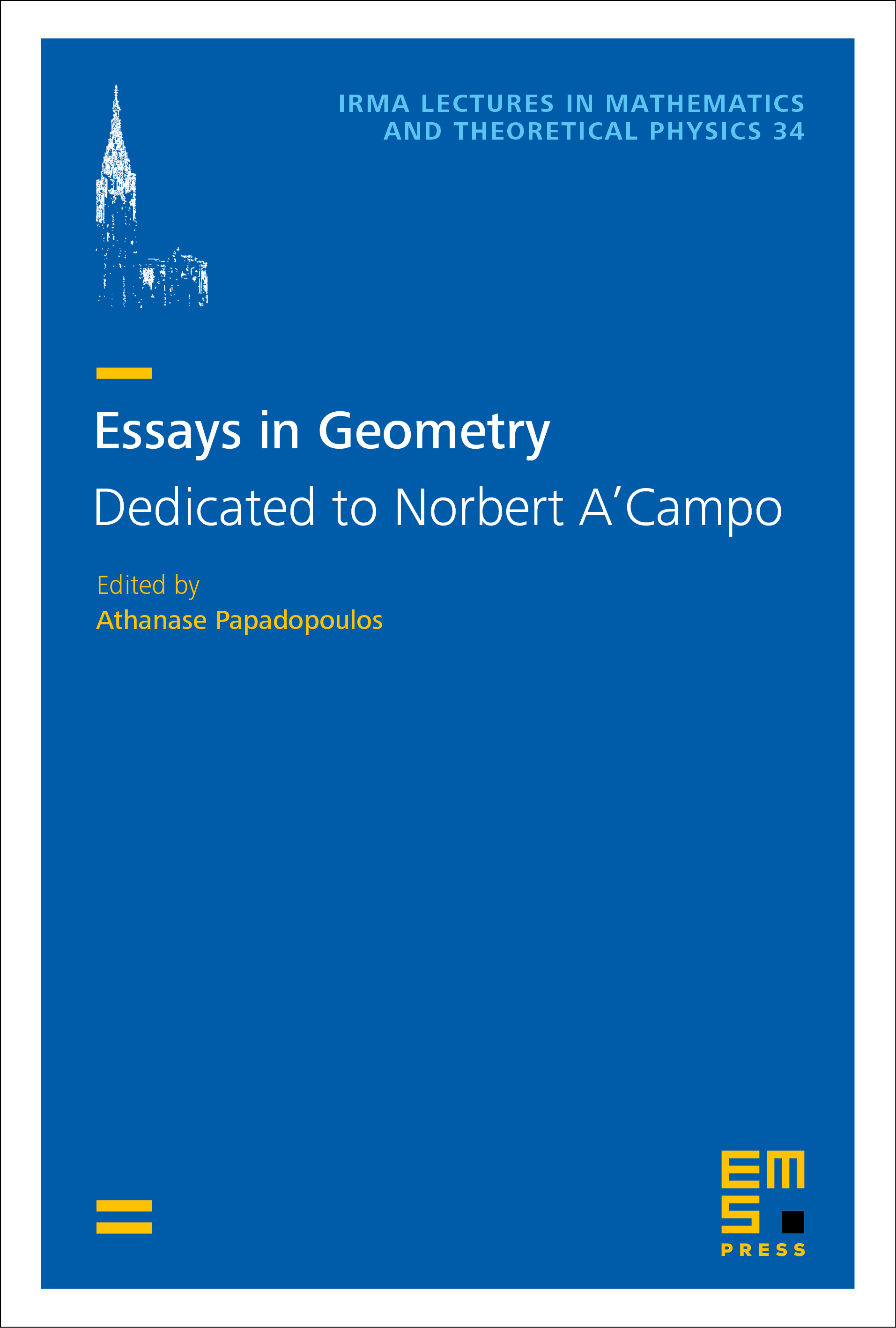Continuity and discontinuity in, and between, mathematics and physics
Arkady Plotnitsky
Purdue University, USA

A subscription is required to access this book chapter.
Abstract
The argument of this chapter is governed by the double meaning of its title:
(a) the relationships between the concepts of discreteness and continuity in modern mathematics and physics; and
(b) the relationships, both continuous and discontinuous, between mathematics and physics, as, from Galileo on, a mathematical-experimental science, with mathematics coming first in this conjunction.
The project of modern physics was, thus, defined by an essential continuity between mathematics and physics, as a mathematical representation of nature, principally by means of continuous functions and then calculus, until the rise of quantum theory, specifically as quantum mechanics (QM) and quantum field theory (QFT). With QM, at least in certain interpretations, such as the one adopted in this chapter, quantum theory disconnected the ultimate constitution of nature from any mathematical representation, thus, making physics discontinuous with mathematics. As this chapter will argue, however, this new epistemological situation did not disconnect quantum physics from mathematics, but, on the contrary, led to relating abstract mathematics, such as that of Hilbert spaces over ℂ and operator algebra there, to discrete physical phenomena in terms of probabilities, thus reestablishing the connection, which was no longer representational, between mathematics and physics.
This chapter will also argue that the development of the concepts of continuity and discontinuity, and the relationships between them, has acquired a great richness and complexity through the nineteenth and twentieth centuries in mathematics itself, richness and complexity that found their way into physics, in particular relativity and quantum theory. One of the intriguing aspects of this development is the idea, advanced by, among others, A. Grothendieck, following B. Riemann's comment on the subject, that the continuous may serve as an approximation of the discontinuous, rather than seeing, as is more common, the discontinuous as a mode of technical approach to the continuous. This chapter will discuss this idea, and the relationships between continuity and discontinuity in, and between, mathematics and physics in terms of two new concepts: reality without realism (RWR), applicable in both mathematics and physics, and the relationships between them, and ideality without idealism (IWI), the version of the concept of RWR, applicable specifically to mathematics.